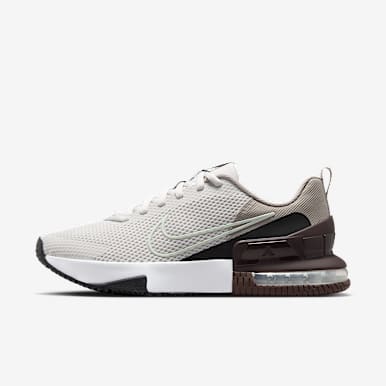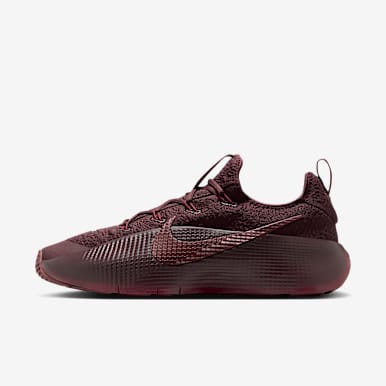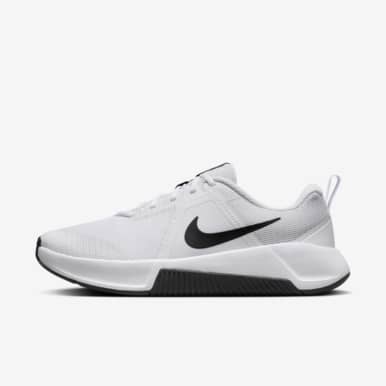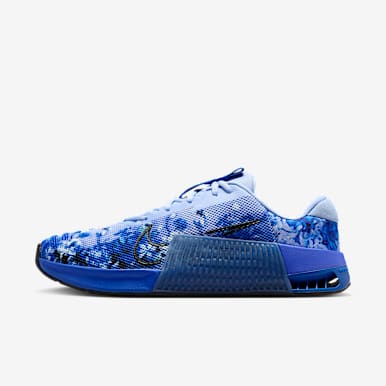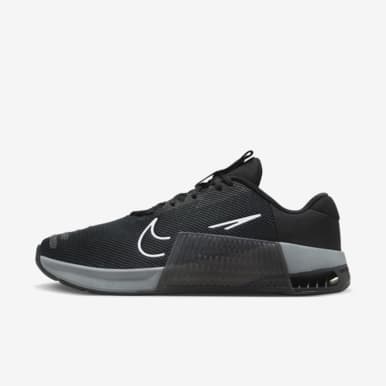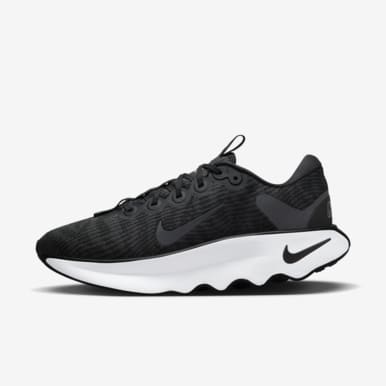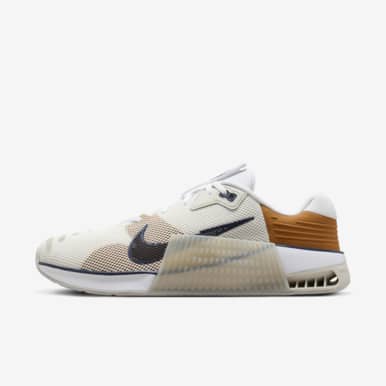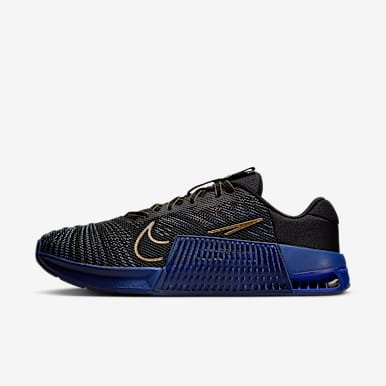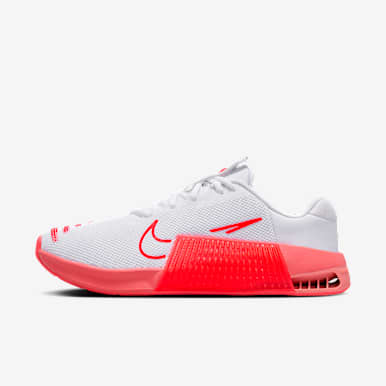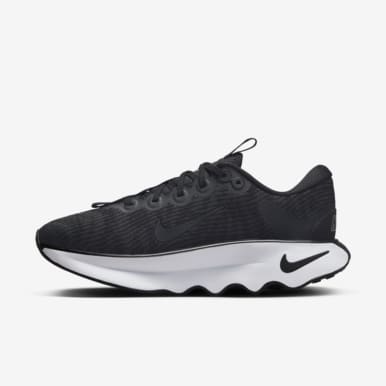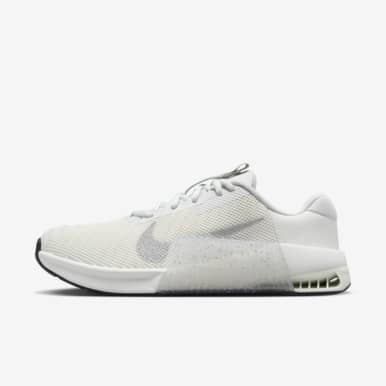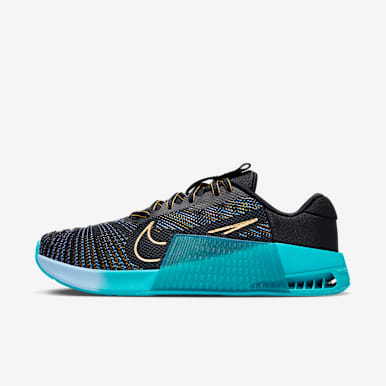Starting on March 11, 3D Secure 2.0 will be introduced for credit card payments. See details here.
What Are Cross Training Shoes and How to Choose Them
Buying Guide
Cross training shoes combine the traits of running shoes, tennis shoes, and volleyball shoes to give athletes a comfortable fit for all forms of sports and activity.
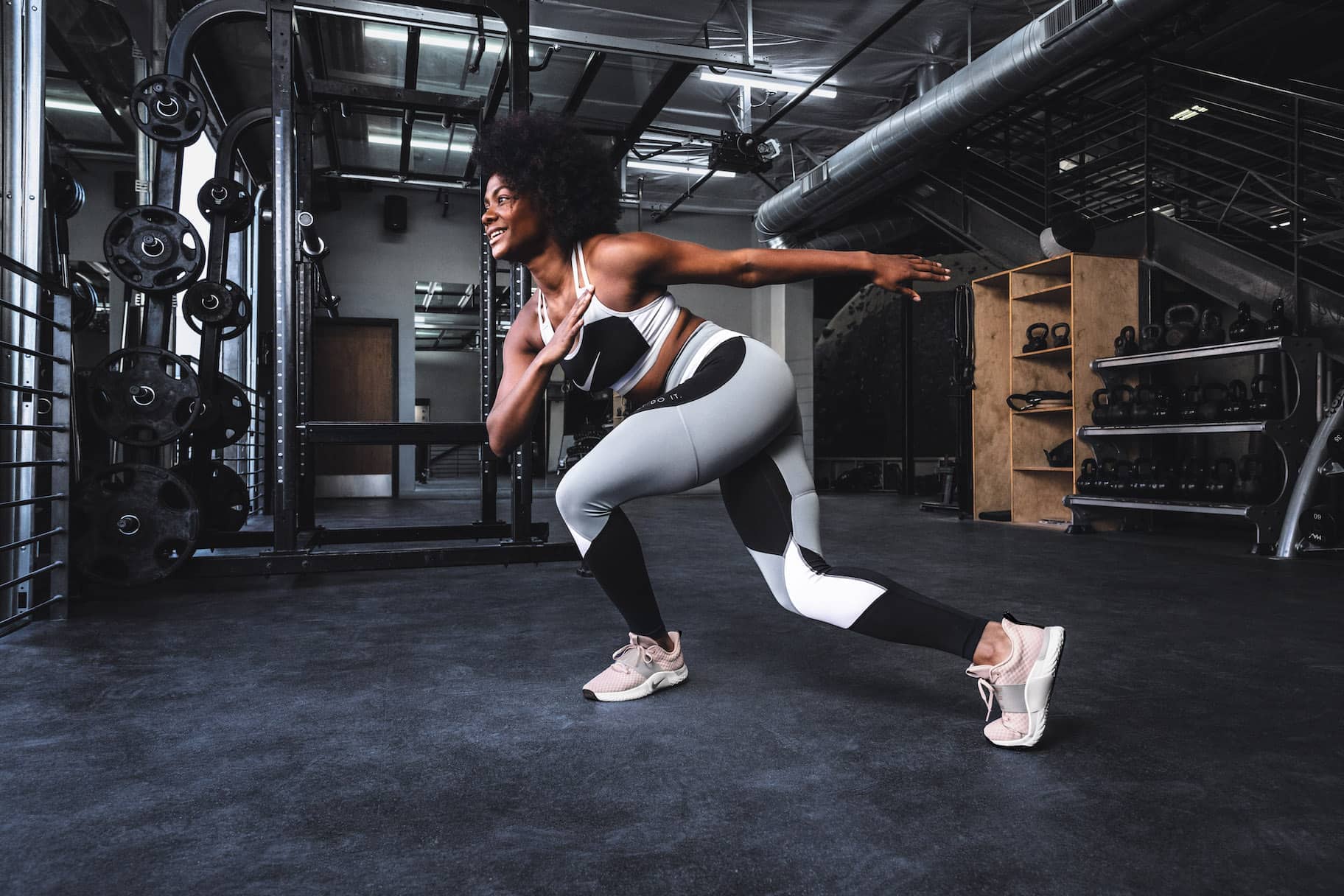
No matter what your fitness goals are, your workout routine probably combines many different types of movement. And you need gear designed to move with you.
But you don’t want to have to change your footwear when you move from the treadmill to the weight room, or switch from box jumps to burpees during your HIIT training. That’s why many athletes prefer cross training shoes.
What Is Cross Training?
Cross training refers to incorporating activities from a variety of different sports into your fitness training routine. It’s a healthy way to get a little bit of everything — cardiorespiratory endurance, strength, flexibility and balance.
In fact, the American College of Sports Medicine recommends that most Americans incorporate cardio activities, weight training, stretching, and exercises that train agility, balance and coordination as a part of their weekly fitness routine. Athletes who regularly lift weights may improve their performance in other sports.
In the 80’s and 90’s, it became popular for athletes to go to the gym and get a full-body workout. But they still only had one pair of shoes to support the variety of movement patterns.
That’s why Nike developed the first cross training shoe, the AirTrainer1. The shoe was designed to assist athletes in completing a range of activities in one workout.
Since then, the cross trainer category of athletic shoes has expanded to include a variety of choices, something shoe seekers may find overwhelming.
Here’s how to narrow down your options.
What Are Cross Training Shoes?
It helps to start by understanding the terminology. Cross training shoes (often simply known as trainers or cross trainers) are a hybrid type of athletic shoe designed to allow athletes to move in different ways.
Their construction incorporates aspects of running shoes, tennis shoes, and volleyball shoes. The best cross training shoes have plenty of cushioning in both the heel and forefoot and provide stability for side-to-side movement. A good cross trainer will work well for a variety of sports and activities.

The first cross training shoe, the Nike AirTrainer1, became available to consumers in 1987.
What Are Cross Training Shoes Used For?
Cross training shoes are designed to support you in any activity you choose. But they’re best for people who do hybrid workouts or practice multiple sports.
For example, they’ll work well if you’re doing both cardio and weight training at the gym. They’re also great for:
- Aerobics and HIIT training
- Zumba and other dance classes
- Yoga
- Casual cycling
- Volleyball, basketball, and tennis
If you’re running long distances, you’ll probably need a pair of running shoes as well. But if you need a shoe that can take you from your weight lifting class to your post-workout yoga flow, cross training shoes can accommodate both.
Of course, not all cross trainers are alike. Shoe designs use a variety of different materials and features, and the best pair of cross training shoes for you will depend on your individual needs, your activities and your style.
How to Choose Cross Training Shoes: 4 Tips
1.Focus on the Fit
Training shoes should fit comfortably, first and foremost.
When you first try on a pair, you’ll want to reach for your feet and flex your toe, paying attention to any pinching, pulling or rubbing.
Try them on with your sweat-wicking athletic socks to get an exact fit. Remember to try them on in the afternoon or evening, when your feet swell to their largest.
If you're in store, make sure to move in different ways around the store — hop side to side, jog around or on a treadmill and pay attention to the traction on a hard surface. If you’re in-between sizes, opt for a half-size up.
You may think cross training shoes require a period of break-in, but you should buy cross trainers that fit comfortably from the first step. A good-fitting pair of shoes:
- Will have at least one quarter inch of space between your longest toe and the front end of the shoe
- Will be wide enough for your foot that the upper doesn’t stretch over your arch
- Won’t allow your heel to slip out of the shoe
2.Know Your Arch
Generally speaking, people with flat feet may need cross training shoes that provide more stability as they move, while people with high arches need more cushioning for shock absorption.
As long as your arches don’t cause muscle stress or joint problems, you can start by trying a pair of neutral cushioning shoes, which are lightweight and designed to move naturally with your feet.
If you feel you need more support, grab a pair of stability shoes, which still provide cushioning, but are also constructed with materials designed to stabilize your foot.
3.Pay Attention to the Construction
A good cross trainer should combine support with comfort and flexibility. Here are some of the structural components to make note of:
- Heel Support: You'll want the shoe to provide plenty of additional heel support. Look for EVA foam on top of a thermoplastic polyurethane layer, which is both lightweight and durable. The bottom layer of a cross trainer shoe is usually rubber.
- Outsoles: Choose outsoles that work with the midsoles to provide stability. The outsoles should be thick and offer plenty of traction, and they should be wide enough to deliver lateral support.
- Uppers: A leather upper will provide more stability, while a mesh or synthetic upper will be more breathable and flexible. If your feet tend to sweat, opt for a breathable mesh upper.
For example, the Nike Metcon is specifically designed for cross-training, with a diamond-shaped heel with firm cushioning for stability, ridged traction and dynamic cushioning in the forefoot.
4.Choose a Style
Whether you’re typically drawn towards classic neutrals, tones inspired by nature, or bright colors and geometric shapes, there is no shortage of styles to match your aesthetic.
However, you should never put style before fit and comfort. You may prefer the style of a chunky shoe but find that something lightweight will be more comfortable, or you may prefer the style of a streamlined shoe but need something more durable.
FAQ: Cross Training Shoes
How Often Should You Replace Your Cross Training Shoes?
It depends on how often you work out and how you move, but you should aim to replace cross trainers every 80-100 workout hours, or roughly every six months.
Your shoes will lose support even before you notice physical signs of wear, but if you notice any of the following, replace your shoes right away:
-The shoe twists easily in the midfoot and heel
-The outsole is wearing away, which means that the midsole is already worn out
-There are holes in the upper or fraying along the inside
-The heel no longer feels firm when you pinch the sides
-The shoe is causing you pain or creating blisters
If you wait too long to replace your cross training shoes, you’ll be working out in a shoe that no longer fits or supports you properly, which can make you more prone to injury.
